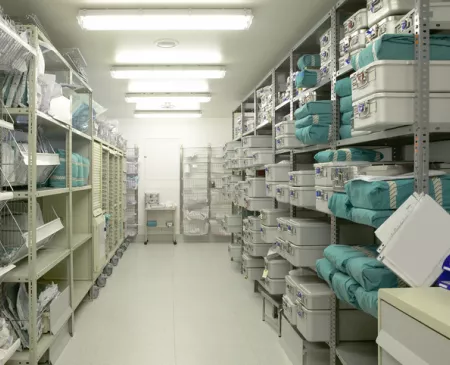The Client Challenge
A Medicaid managed care organization (MCO) was experiencing a high readmission rate for medical and behavioral health conditions. It faced sub-optimal member outcomes (based on NCQA and HEDIS measures), increased readmissions spend, above-average length of stay, increased pharmacy costs, higher emergency room visits, and a reduction in pay-for-performance payments. The payer partnered with Chartis to improve readmissions rates, advance post-discharge care, and rein in avoidable costs.
 Higher ED and post-acute care utilization
Higher ED and post-acute care utilization
 Poorer member health outcomes and associated quality ratings
Poorer member health outcomes and associated quality ratings
 Increased medical spend and medical loss ratio (MLR)
Increased medical spend and medical loss ratio (MLR)
 Greater use of clinical resources, which can lead to decreased availability for other members to access care
Greater use of clinical resources, which can lead to decreased availability for other members to access care
Navigating to Next: The Solution
With roughly 1 million members, the Medicaid MCO faced a readmission rate of 16%. Chartis aimed to optimize medical spending and clinical outcomes by developing a sustainable enterprise program to improve existing capabilities related to readmissions.
Our current-state assessment revealed several opportunity areas: (1) coordination between interdisciplinary teams (e.g., utilization management and care management, physical and behavioral health, and inpatient and outpatient); (2) system supports for patient identification, engagement, and performance management; and (3) community supports to address social determinants of health (SDOH) needs.
Through advanced data analytics and stakeholder interviews, we defined a targeted approach to reduce readmission rates by members’ chronic conditions, serviced hospital, attributed primary care physician, and discharged facility. We identified and enabled operational capabilities for the interdisciplinary care team to manage members’ multifaceted needs, including opportunities to expand provider benefits in terms of value-based contracting and performance incentives.













